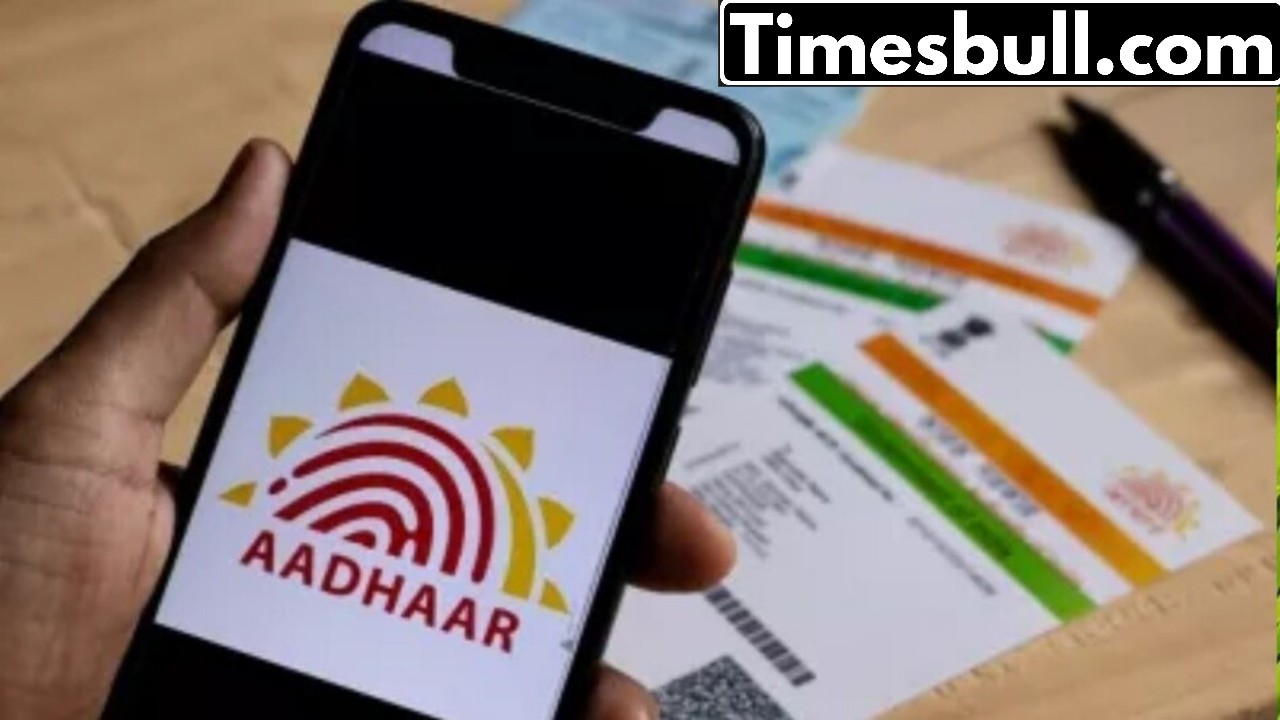Aadhaar Card is now a very document to have. Without this document no work will be done in current days. But there is a big update revealed regarding this. If you are also an Aadhaar Card holder then todays article is for you. Lately, the government has rolled out some strict guidelines about updating your Aadhar card for banking services. If you don’t get this important update done by the end of February, you could find your banking services halted. Plus, there’s a chance you might have to pay a fine. Let’s break down what this change means and what you need to do to steer clear of any issues.
What’s the new rule about Aadhar Card updates?
The government is requiring updates to Aadhar card information for banking purposes. If your Aadhar is over 10 years old and you haven’t updated it yet, you need to take care of that ASAP.
According to the Unique Identification Authority of India (UIDAI), if your Aadhar card is a decade old or more, you must get your documents re-verified. Failing to do so could lead to a halt in various government services, including banking.
What documents do you need to submit?
To update your Aadhar, you’ll need the following documents:
Identity Proof: This can be a PAN card, passport, driving license, etc.
Address Proof: You can use an electricity bill, ration card, voter ID, bank statement, etc.
What happens if you don’t update your Aadhaar?
If you don’t update your Aadhar card by the end of February, you might run into several issues, such as:
Banking services could be suspended: If your Aadhar isn’t linked to your bank account or if the old Aadhar isn’t verified, your account might get deactivated.
Digital transactions could be affected: You might struggle to use services like UPI, Net Banking, or Mobile Banking.
You could miss out on government benefits: Access to government services like Prime Minister schemes, LPG subsidies, pensions, and rations could be impacted.
Credit and debit cards might be blocked: Many banks keep card services active based on Aadhar verification.
Updating your Aadhaar is a straightforward process thanks to UIDAI, and you can do it either online or offline.
Online Update Steps:
1. Visit the official UIDAI website.
2. Navigate to the “My Aadhaar” section and select “Update Document.”
3. Log in using your Aadhaar number.
4. Upload the necessary documents and submit your request.
5. Your Aadhaar will be updated once your documents are verified.
Offline Update Steps:
1. Go to the nearest Aadhaar service center.
2. Fill out the Aadhaar update form and attach the required documents.
3. Complete the biometric verification process.
4. After submitting your application, you will receive an Update Request Number (URN) to track the status of your update.
